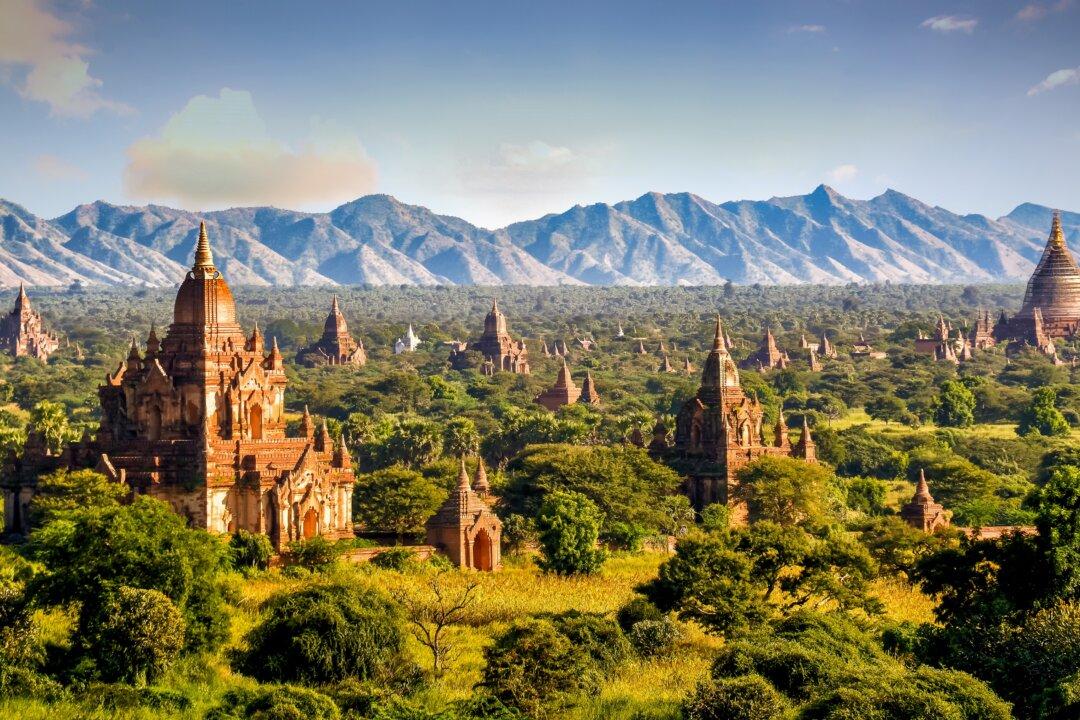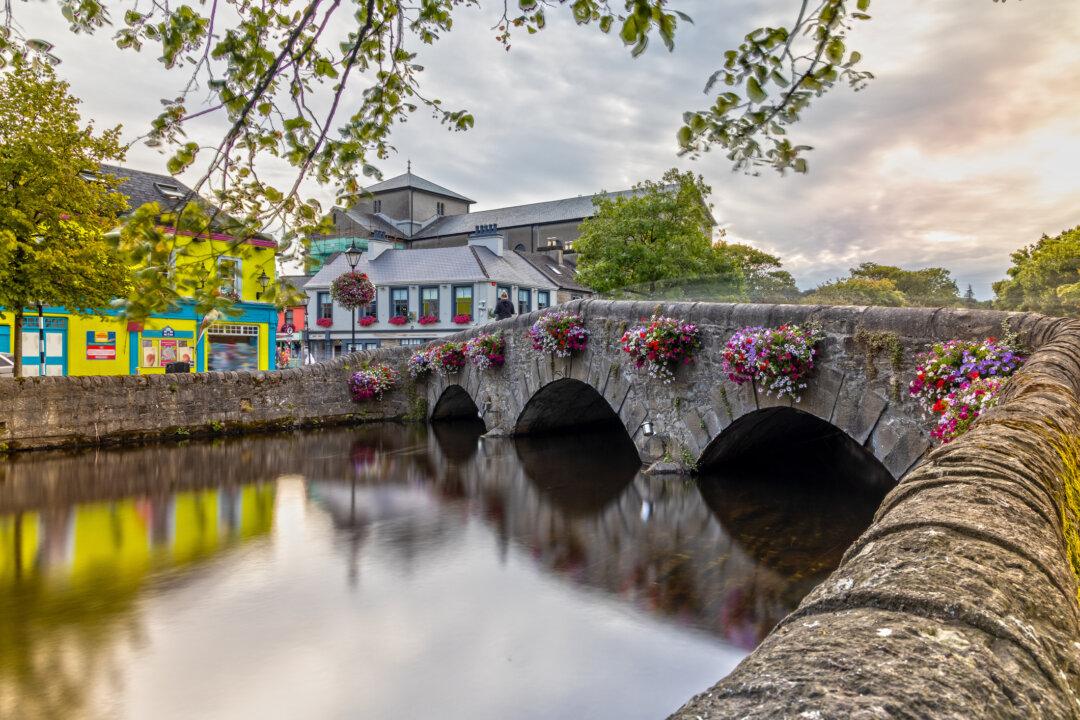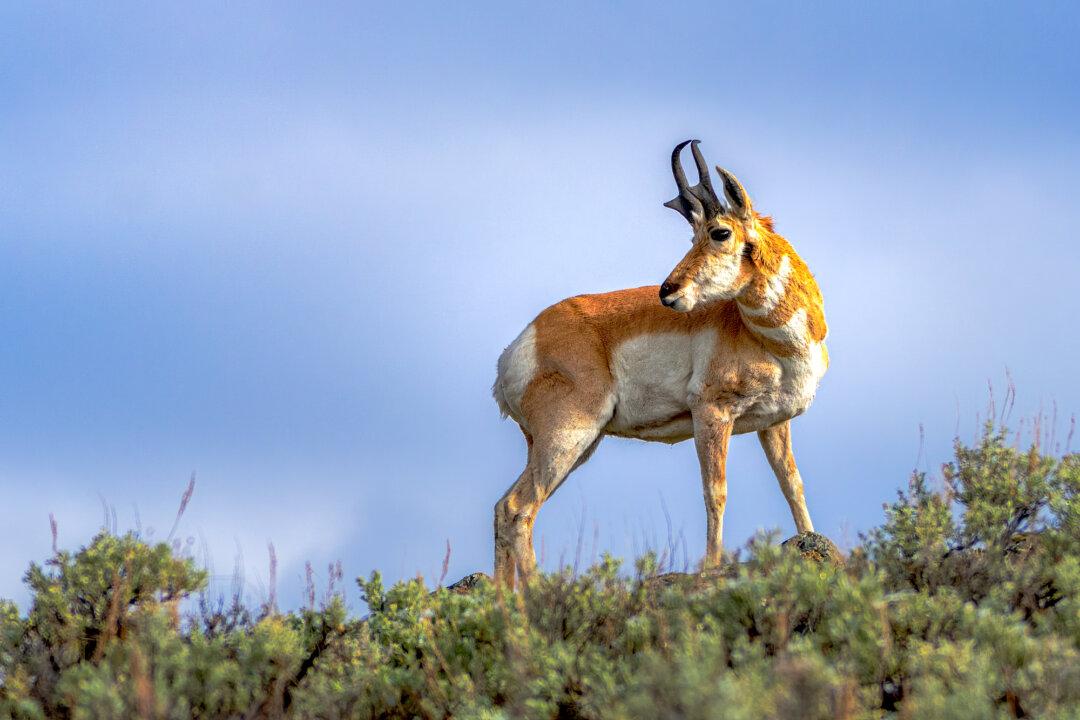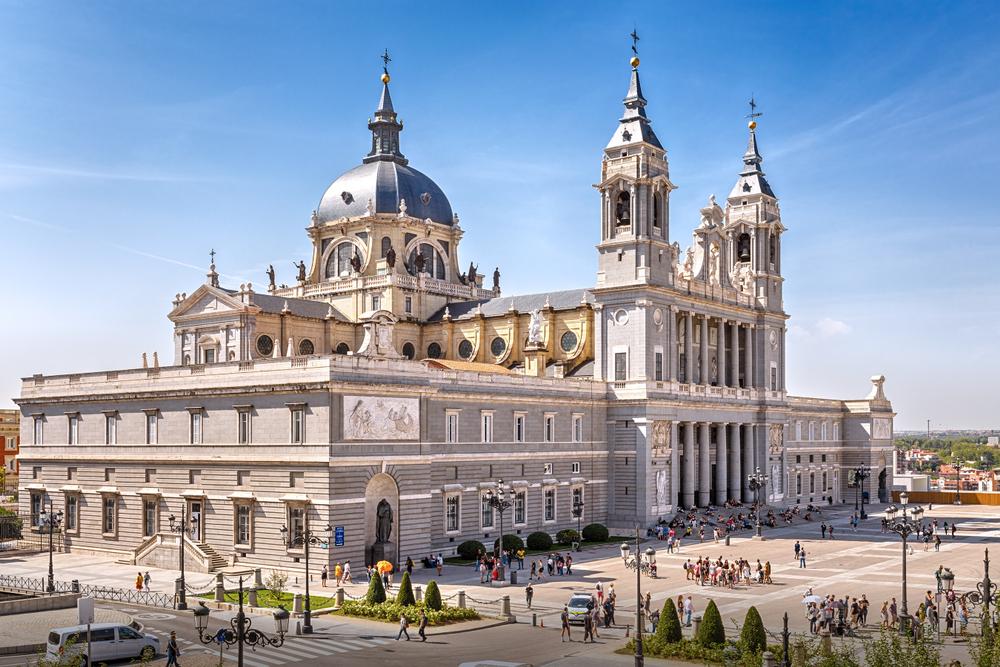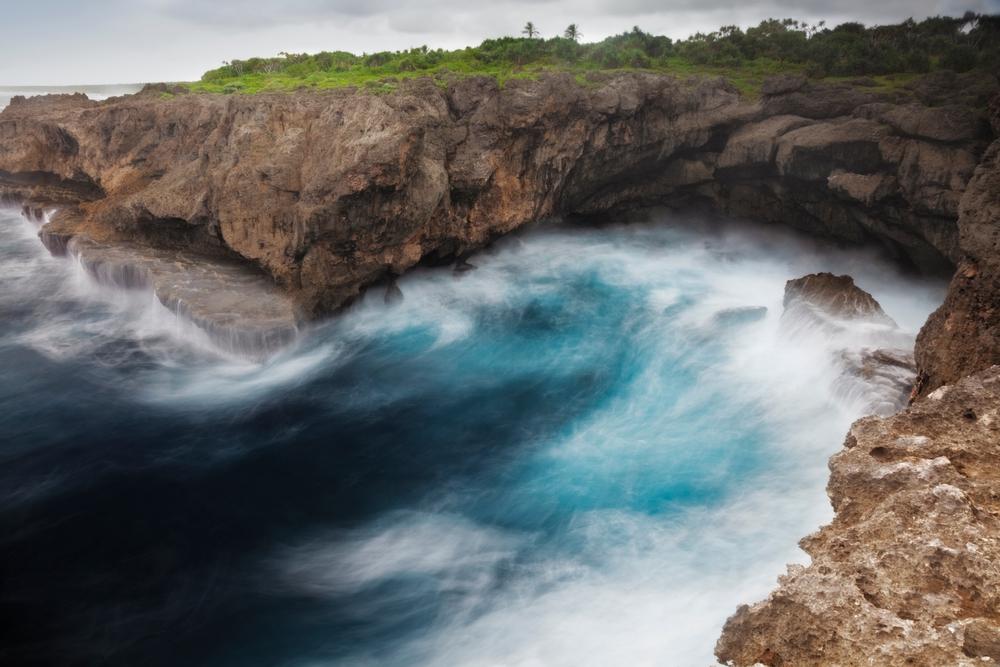The chorus of the famed song keeps running through my mind. It’s from an 1890s poem by Rudyard Kipling that Billy May set to swing in a 1950s Frank Sinatra tune. It’s about a faraway land that is exotic and mysterious: it’s about this enigmatic country that I am watching unfold before me.
“On the road to Mandalay, Where the flyin’-fishes play An’ the dawn comes up like thunder outer China ‘crost the Bay!”
I am on the observation deck of a luxury riverboat cruise ship, watching the sun go down ever so slowly as the ship glides smoothly along the wide and vast Irrawaddy River through this land that used to be known as Burma, now named Myanmar.

